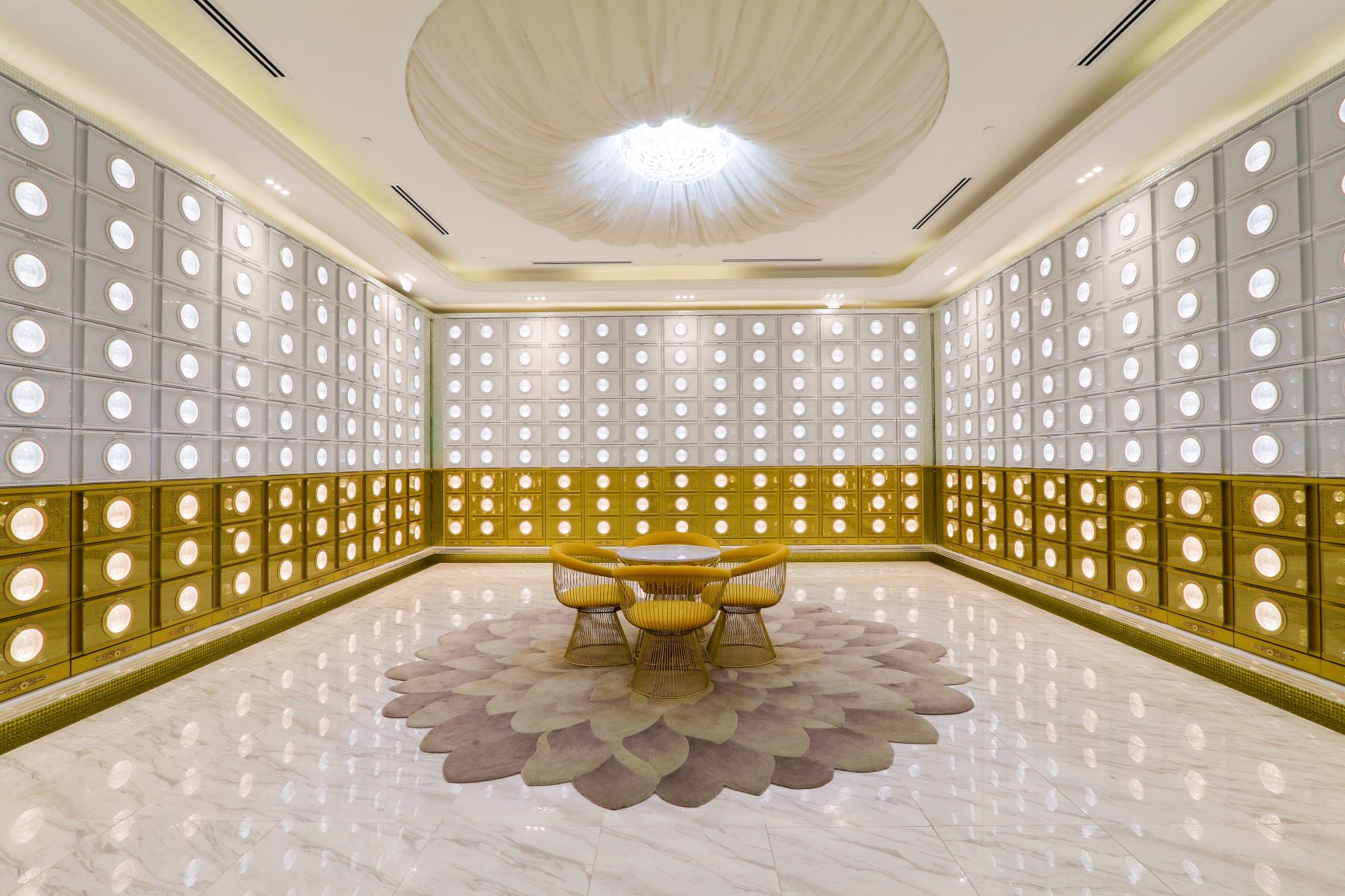
骨灰殿和陵墓的区别
骨灰殿和陵墓这两个词可以互换使用,但实际上却是不同性质的建筑。陵墓是指多人合葬,这个词源于“地中海古七大奇迹”之一的古代卡里亚王国的国王摩索拉斯陵墓。骨灰殿则是在罗马时代最初提到为鸽子和鸽子分区筑巢的地方。当亚洲佛教徒开始建造骨灰殿时,它才与火化一词有所关联。
如今,这两座建筑均为纪念性建筑,但骨灰殿会安置骨灰瓮,陵墓则分成遗体存放和安置骨灰瓮两个部分。两者的共同点是可容纳一个家庭或上百个骨灰灵位。陵墓是指古代帝王或诸侯的坟墓,在大马,也指杰出人物的坟墓。
世界上著名的陵墓包括美国森林草坪纪念公园、英国弗罗莫尔皇家陵墓、法国先贤祠、中国乾陵、印度泰姬陵。而著名的骨灰殿则包括旧金山骨灰殿、台北真龙殿和意大利Columbaria of Vigna Codini。
The difference between columbarium and mausoleum
The words columbarium and mausoleum are sometimes used interchangeably but both terms actually refer to very distinct memorial structures. The mausoleum (or mausolea in plural) has always been associated with the interment of human remains and the term is derived from the tomb complex of King Mausolus, one of the Seven Wonders of the Ancient World. The columbarium on the other hand was initially used in Roman times as nesting niches for pigeons and doves. It only came to be associated with the interment of cremated human remains when Buddhists in ancient Asia started constructing similar structures for such purposes.
Both structures are nowadays utilised as memorial structures but the columbarium is only used to house cremated remains. The mausoleum on the other hand, is designed to house whole bodies in general but can occasionally be designed to accommodate cinerary urns as well. Both columbaria and mausolea can accommodate from a handful of interments in a family setting to hundreds of interments in a shared or public setting. The term mausoleum can also sometimes be used in reference to specific collective burials in an enclosed indoor or outdoor setting as in the case of royalty, wealthy families or famous personalities. In Malaysia, mausoleum interments are generally only reserved for royalty or influential people such illustrious leaders or national heroes.
Some famous examples of mausolea around the world include Forest Lawn Memorial Park’s Great Mausoleum (USA), Frogmore’s Royal Mausoleum (UK), the Pantheon (France), Qianling Mausoleum (China) and Taj Mahal (India). Well known examples of columbaria are the San Francisco Columbarium (USA), True Dragon Tower (Taiwan) and Columbaria of Vigna Codini (Italy).
